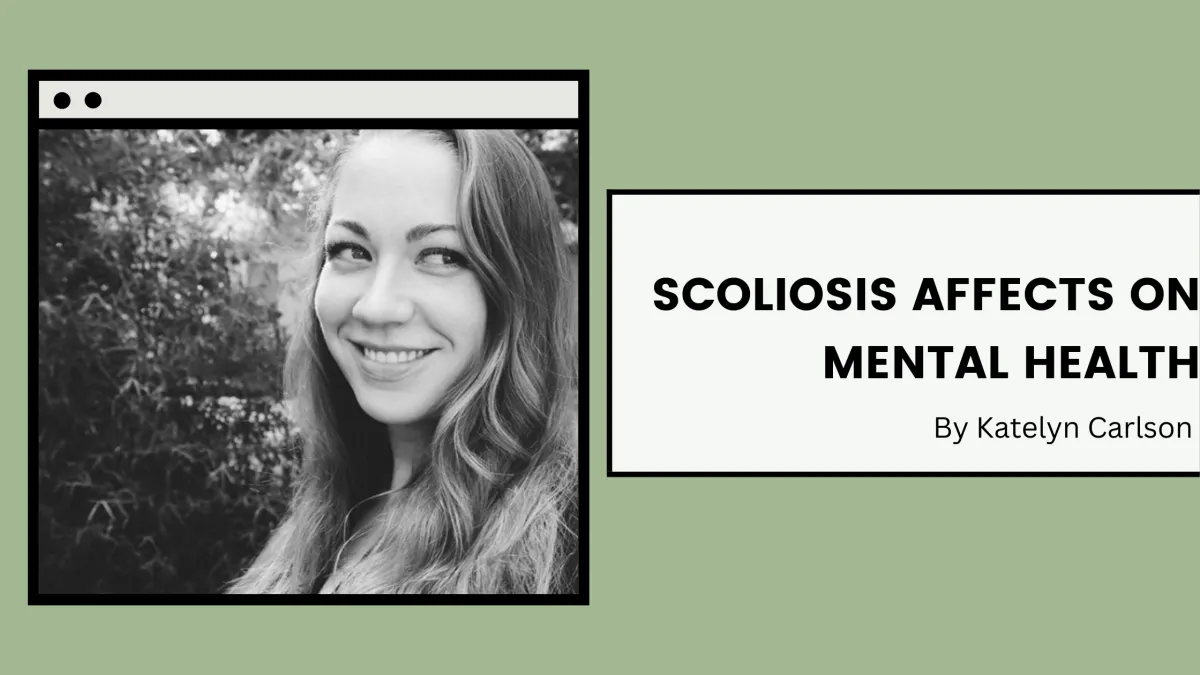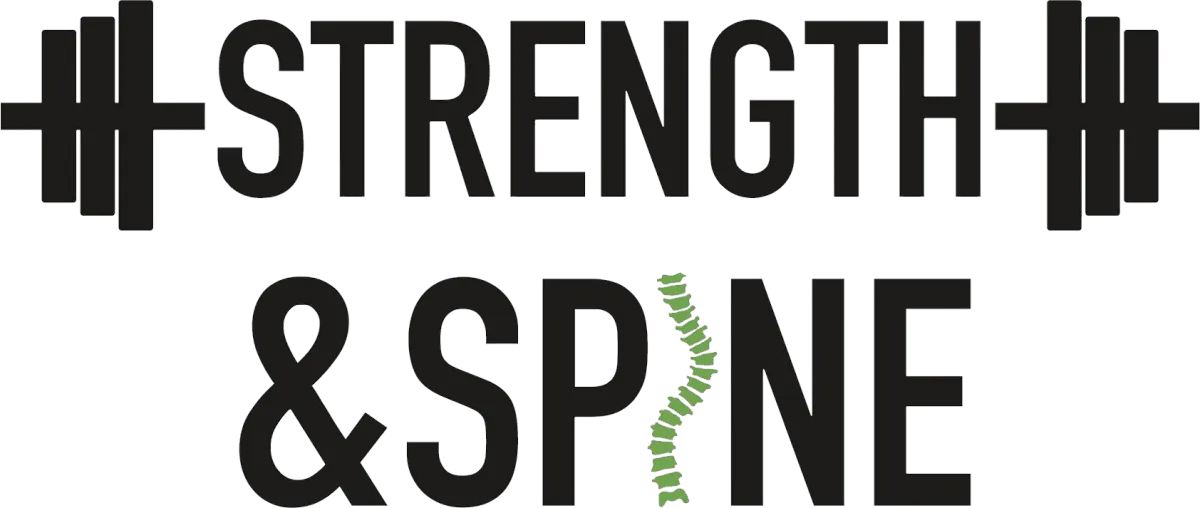Check Out The Latest Blog Posts To Learn More

Scoliosis Effects on Mental Health
Scoliosis Effects on Mental Health
What do you do when pain persists even after you’ve sought medical advice and you’ve been diligent about taking care of your physical health?
Or what’s with the pain that seems to come out of nowhere? Yesterday you were fine and today? Well… it’s hard to even stand up.
Or how about that pain in your shoulder or hip or wherever that just lingers? What’s that about?
If you’ve already ruled out structural causes, that pain might be an opportunity to get curious about the other layers of our being–the mental and emotional realms of our lives. More often than not, they’ve got some clues as to where this pain is coming from and also what it wants you to do about it. Pretty amazing, if you ask me.
The body does what?
If you’ve never heard anyone talking about how our body holds emotions, or how stress can manifest as physical pain, it might sound a little crazy.
While there is an ever growing body of scientific research which explains exactly how this works, it’s still not a completely mainstream notion. And it can be really daunting to even begin to consider for yourself. Afterall, where do you even start with that?
I recently had a client telling me how he’d been to doctors around the WORLD to address some of his symptoms, yet no one could find the answers. He’d changed his eating habits, got a different job, stopped drinking, started working out, and after all these lifestyle changes, began to see that some of what was happening for him physically was actually rooted in what was going on for him emotionally. (Not necessarily something he wanted to confront.) “It’s easy to deal with the physical part. It’s so straightforward. You get a regimen and you stick to it. Done. The emotional stuff is so much harder.”
I’m personally still on the fence about whether dealing with the physical is easier or harder than the emotional parts of our lives. But what I do know is that culturally we are far less versed in how to care for our feelings and emotions than we are in how to care for our bodies. And considering how little education we get on how to take care of our bodies, especially those of us with scoliosis, well it’s no wonder being with our emotions might feel so much harder.
The truth is, most things can be difficult for us at first. Starting a new exercise routine can feel daunting if not impossible without the right kind of guidance or a coach to keep you accountable. But once you get in the groove, once you start experiencing the joy that accompanies moving your body, you start to wonder what you were ever worried about in the first place.
I think the same thing can be true of learning how to be with our emotions. It may sound wild at first to even consider that our feelings and emotions impact our physical body, even cause chronic pain, but once you begin to see and understand how all these layers work together, getting curious about what you’re feeling, where you’re feeling it, and what it’s trying to communicate to you can feel like second nature. Better yet, it can be extremely empowering.
Why? When you start to dialogue with your body and your emotions in this way, you’re no longer wondering what’s wrong with you or your body all the time. You’re no longer feeling defeated by your body, like it’s betraying or punishing you. Instead, you become curious about what it’s telling you. You want to learn how you can be in relationship with it, how you can listen to it, validate its experience, and nurture it with compassion and care. Goodbye shame. Hello humanity–you messy, beautiful, mysterious experience.
So what does this look like in real time? I’ll use a recent example from my own life…
About a month or so ago, I texted my landlord about renewing our lease only to find out he was actually selling our home. Between learning this news, looking over moving costs, browsing the rental market, and sitting with the unknown outcome of where I’d be living in a month, I was stressed. And a few days later, I couldn’t walk upright without severe pain. It felt like all the tension in my body was tugging at my sacrum and my bed was the only place I wanted to be.
My lumbar curve is my largest one, so if I’m going to have back pain, that’s usually where it’s at. But knowing what I know about emotions, stress, and pain, I knew it wasn’t necessarily a structural issue that was causing this.
This was my body’s way of saying, “Hey, this moment is really tough and I need you to slow down and tend to me.” And so I did. I took an epsom salt bath, did some meditation, journaling, gently massaged my sacrum and did some light stretching. Most importantly, I validated for myself that it was okay to be stressed out, that it made sense, that I didn’t have to try and make myself feel any other way.
Instead of judging myself for feeling stressed (classic Katelyn move) or trying to make it go away, I acknowledged that I was indeed very stressed and found a way to support and nurture myself through it. Within the next day, the pain was completely gone. This work never ceases to amaze me.
It may sound simple enough, but this was also the result of years and years of getting to know myself, my body, and the ways it talks to me and gets my attention. It’s also the result of getting to know how to actually nurture myself. This wasn’t something I was taught growing up. It wasn’t modeled for me. I had to learn by trying things out and letting myself be open to a new way of relating to my body and my pain. It’s still an evolving process but it's well worth the effort.
I could go on and on about how life changing it is to get curious about what your body is trying to communicate to you through pain instead of being upset with it for having pain in the first place. But just to keep it simple, these are what I consider the foundations engaging this in your own life:
Understand that your body IS always speaking to you. It speaks through sensation, temperature, impulse, feelings, emotions, energy and even numbness and pain.
Get curious about what you feel and where you feel it. This is a really powerful part of getting to know and trust yourself and your body.
Validate your experience. The less judgment you have about your body or experience, the more information you can glean for how to actually tend to yourself in this moment. And trust, you want that information. It’s gold.
Ask your body what it needs. Literally, ask it. And listen. It will tell you.
Nurture yourself. You and your body deserve compassion and care just as you are right now.
So next time you’re in pain, I invite you to get curious–What does your body need? What is it telling you? What does it want you to know? How can you nurture yourself in this moment?
So much of what I do in my work with clients is about helping them slow down, turn inwards, and listen to the wisdom of their body. It’s about validating the truth that they know in their own hearts about who they are and their life’s experiences. It’s about letting people simply have the space and time they need to feel their feelings, safely and in connection. And it’s about waking up a curiosity about what our magnificent bodies are really trying to convey–scoliosis and all. I love being witness to not only how this helps people manage their pain, but also how it expands their capacity for pleasure and joy.
If this is something you’re interested in, you can read more about my work at katelyncarlson.com.
Katelyn is a licensed bodyworker and Hakomi (a form of somatic therapy) trained specialist. She offers 1:1 coaching and group workshops to address the mental and emotional challenges included with scoliosis. Having scoliosis herself, she knows this diagnosis goes beyond the physical. She works with teens, parents, and adults with scoliosis who want to come into deeper relationship with their minds, bodies, and spirits and experience their inherent wholeness.
WE ARE
Strong with Scoliosis
Start today on an exercise program that helps you become empowered, strong, and confident in your scoliosis curve.
FIND US
Strength and Spine
Online Sessions and Coaching
We work with clients all over the world
*Please contact us for in-person appointments*

